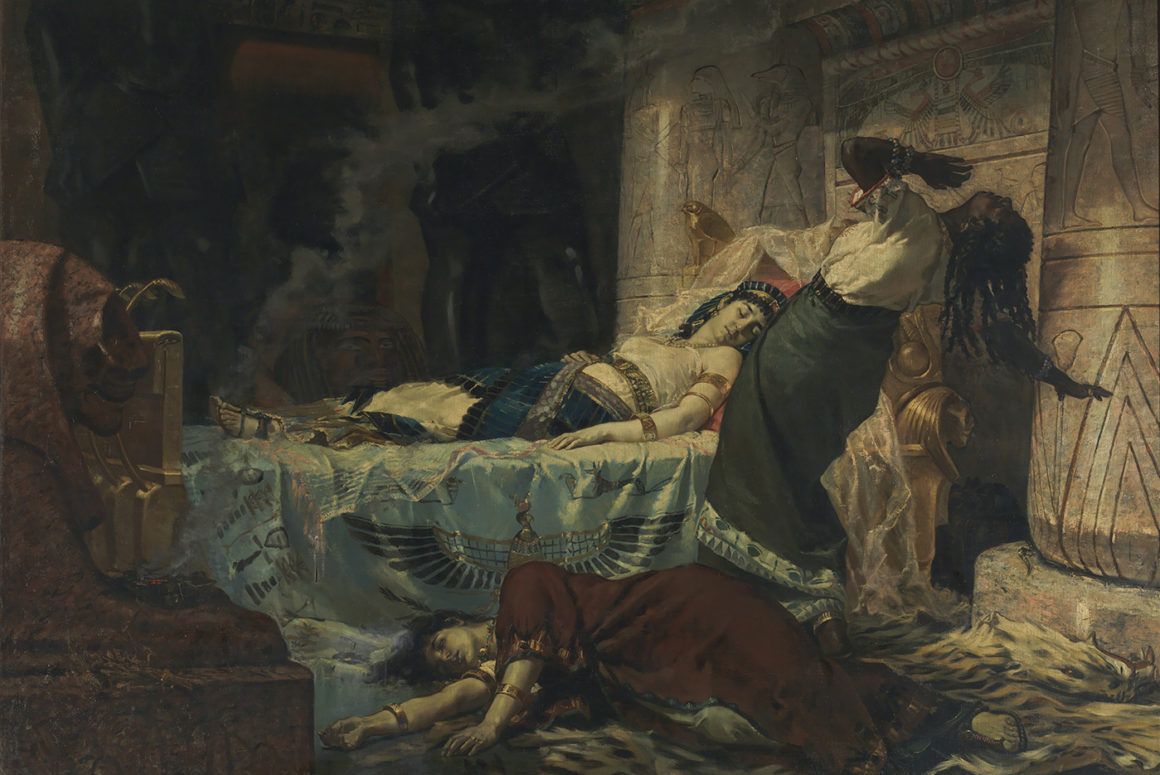There is a spate of life-grappling stories that surround Juan Luna, one of the Philippines' most celebrated artists. The trail he left behind in the field of arts and culture has been lavished by much recognition and scrutiny. In this article, we explore a handful of his most intriguing works
In the Philippines, a society awash by fine arts, it is impossible to miss the indubitable genius of Juan Luna. A Filipino painter, sculptor, and political activist during the Philippine Revolution, Luna was among the very first Filipinos who captivated the international stage.
His lucrative career as a painter catapulted him into the radar of the world's finest critics and art enthusiasts. There was a time when Luna's name and the story of his brilliance traversed Europe through the words of his dumbfounded audiences in the West.

In 1884, Luna bagged the coveted gold medal in the Madrid Exposition of Fine Arts, along with fellow Filipino painter Félix Resurrección who earned the silver medal.
Their triumph was a big score for the Propaganda Movement and the Ilustrados who sought to free the Philippines from the grip of its Spanish colonisers.
See also: Juan Luna: The Tragic Life and Legacy of The Renowned Filipino Master








